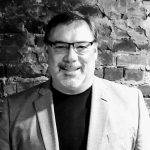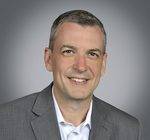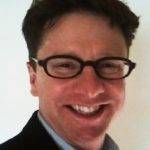- Solutions
- Solutions
- Home Health
- Hospice
- Life Plan Community
- Palliative Care
- Private Duty
- Senior Living
- Skilled Nursing
- Skilled Nursing
- Skilled Nursing Software
- Advanced Insights
- Customer relationship management
- Data and analytics
- Financial & operations management
- Marketing
- Nutrition management
- Referral management
- Regulatory compliance
- Retail management
- Resident engagement
- Revenue cycle management
- Skilled nursing interoperability
- Partners
- Blogs
- Resources
- About
- User Conference
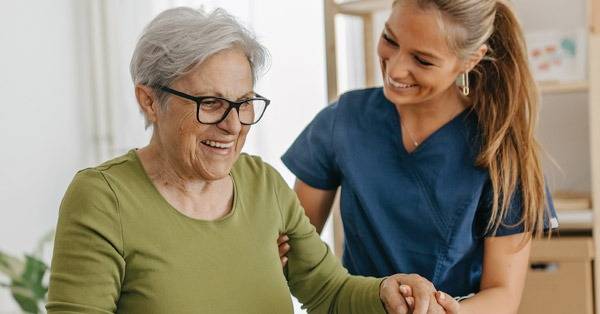
Improving fall prevention in skilled nursing facilities
With its power to improve outcomes, reduce operational costs and boost employee retention, the goal of fall prevention in skilled nursing facilities has never been more important than it is today. And thanks to innovations in technology and best practices, it’s also more within reach than ever before. Here’s what leaders of skilled nursing organizations should know.
Understanding the need for fall prevention in skilled nursing facilities
Resident falls have been a challenge in nursing facilities for decades. According to data published by the Agency for Healthcare Research and Quality (AHRQ), approximately half of all residents in U.S. nursing facilities experience a fall each year, with about a third of them falling twice or more.
The negative effects are clear, but worth stating. “Fall-related injuries decrease the resident’s quality of life and ability to function,” the AHRQ explains. “One in every 10 residents who fall has a serious related injury and about 65,000 patients suffer a hip fracture each year.
“Injuries resulting from falls are a major reason for lawsuits against facilities and staff, which can result in the loss of large sums of money and higher insurance premiums.”
Other negative consequences of falls in nursing facilities include strain on staff through the need to treat more at-risk residents and the increased paperwork and reporting. Resident survey results and insurance premiums can also be impacted.
But most urgently, resident falls are directly connected with the kinds of adverse events that frequently lead to rehospitalizations — a longstanding obstacle for skilled nursing facilities. Especially when they occur frequently, rehospitalizations can “be emotionally upsetting and raise the likelihood of medical errors from poor care coordination,” as researchers have pointed out.
Rehospitalization can also impose significant financial costs, not just because of deterioration in the resident’s condition, but also from penalties imposed by the Centers for Medicare & Medicaid Services (CMS). In fiscal year 2019, Medicare began a policy of either rewarding or penalizing facilities based on their rehospitalization rates — and almost three in four facilities were penalized rather than rewarded during the program’s first year.
“Only 3% of SNFs received the maximum bonus of 1.6% for fiscal year 2019 while about 20% of the SNFs got the maximum penalty of 2%,” reported Maria Castellucci for Modern Healthcare. Perhaps even more alarming, though, the penalized facilities have tended to perform even more poorly over time — a factor frequently attributed to the pressure to shorten length of stays as part of the shift to value-based care.
How EHR systems can help clinicians in their efforts to prevent falls in skilled nursing facilities
The good news is that recent innovations can help facilities improve their fall prevention efforts in a way that also smooths the adoption of other key operational improvements.
Predictive analytics and at-a-glance insights
Equipped with billions of data points, leading EHR systems are leveraging the power of analytics to give caregivers the info they need to deliver more impactful and proactive care. When integrated within a single system, information like demographics, active diagnoses, assessments, fall history, medications and more can provide a much clearer picture of each resident’s level of risk than what was ever possible with manual tracking.
And extending the network to other facilities and/or providers means getting access to even more essential data points, and an even more comprehensive outlook. Automated analysis of this data using machine learning (ML) can instantly reveal which residents are in particularly high danger of falls, whose condition may have otherwise gone unnoticed.
This information can enable better, more data-driven decision across the board. By integrating it all into a single system — and making it all concise and actionable for caregivers and administrators —organizations get actionable, real-time insight into each resident’s specific level of risk, at a single glance.
Proactive cohorts and optimized workflows
Automating key aspects of data gathering and organization also means that caregivers have fewer redundant tasks to carry out, like running reports or sifting through individual charts for the info they need. At a time when retention is a serious challenge for many facilities, streamlining these kinds of tasks is a helpful way to let workers focus on the most rewarding parts of their job.
This same reservoir of data can be instrumental in compiling real-time insights and alerts, allowing staff to drill down into fall risk by unit or resident, and then implement the appropriate interventions. They can also more readily group together residents into cohorts to enable even more efficient, proactive care, which can be a key driver in helping to improve outcomes and efficiency on an organization-wide basis.
Going beyond fall prevention in skilled nursing facilities
As important as it is to minimize the risk of falls, that’s only the first half of the equation. Another important component to preventing rehospitalizations is active condition monitoring, particularly in high-acuity situations. And today’s most advanced EHR systems do that as well, alerting caregivers when a resident’s acuity score quickly or suddenly drops so immediate action can be taken to prevent adverse events.
For instance, MatrixCare’s Clinical Advanced Insights (CAI) integrates both fall risk and acuity data into a larger EHR framework to give clinical teams the means to prevent adverse events that may lead to rehospitalization. The first and only skilled nursing EHR with built-in, intelligent machine learning that considers 150+ clinical data elements for predicting falls and changes in condition, CAI is designed to enable more proactive and efficient patient care — the kind that’s increasingly necessary in a complex and challenging marketplace.
See what MatrixCare can do for you
Kelly Danielson
Before joining MatrixCare, Kelly worked in long-term care for over 20 years, starting as an LPN while working toward her Bachelor’s in Nursing. After graduation, she worked as a nurse manager and MDS nurse before becoming a Director of Nursing for a skilled nursing facility in Moorhead, MN. After five years as DON, Kelly took a role as a nurse consultant. Over the next 12 years, she worked as a regulatory and risk management specialist and district director of Clinical Services. She attained her certification as a legal nurse consultant in 2013. Kelly started with MatrixCare in February 2017 and is a clinical product manager.
Related Posts
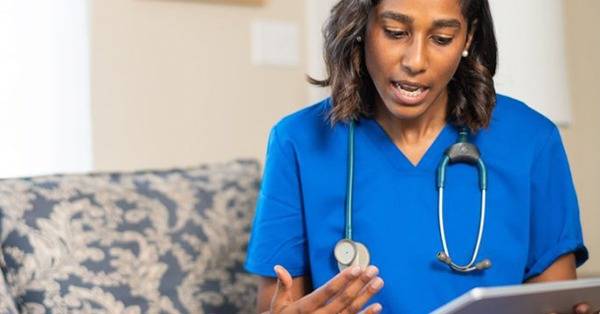
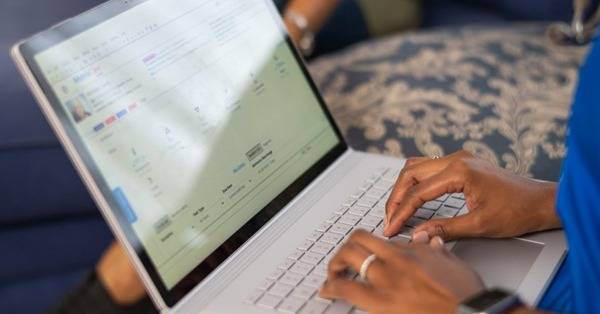

See MatrixCare in action
Start by having a call with one of our experts to see our platform in action.
MatrixCare offers industry-leading software solutions. Thousands of facility-based and home-based care organizations trust us to help them improve efficiency and provide exceptional care.
© 2025 MatrixCare is a registered trademark of MatrixCare. All rights reserved.


